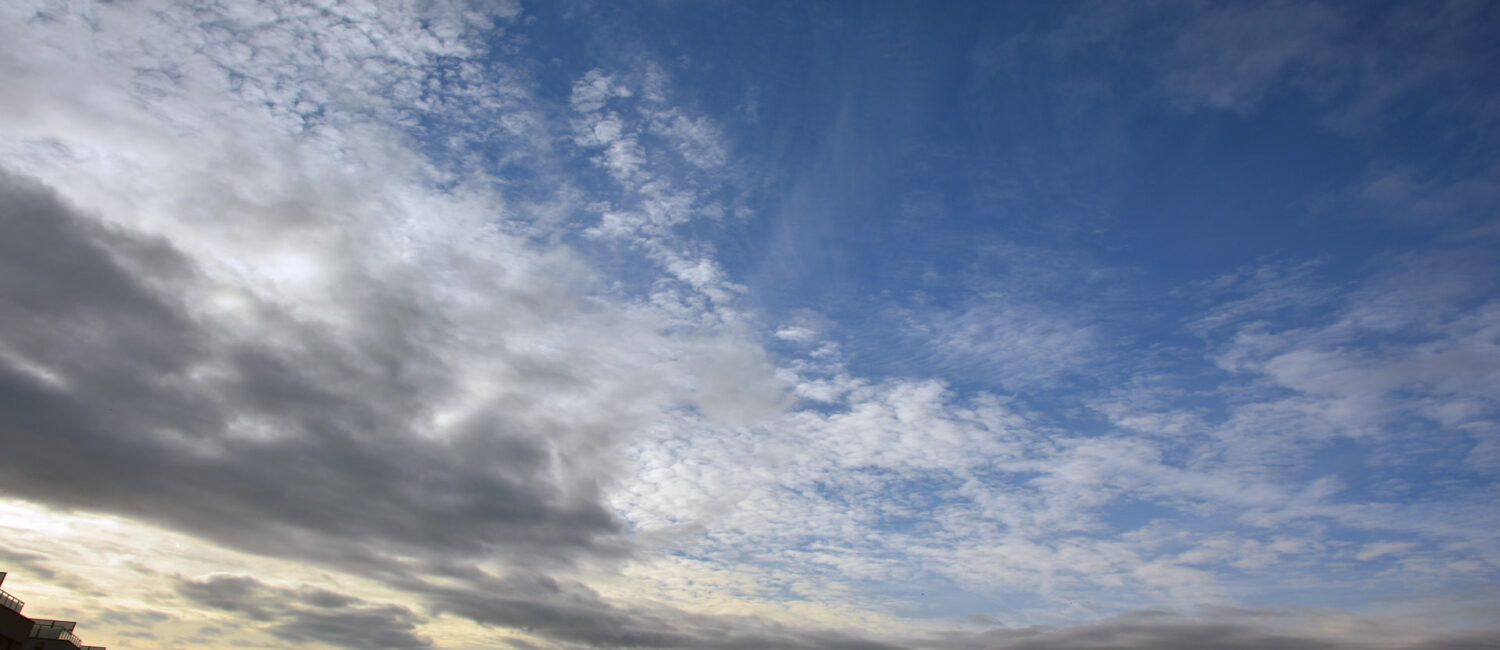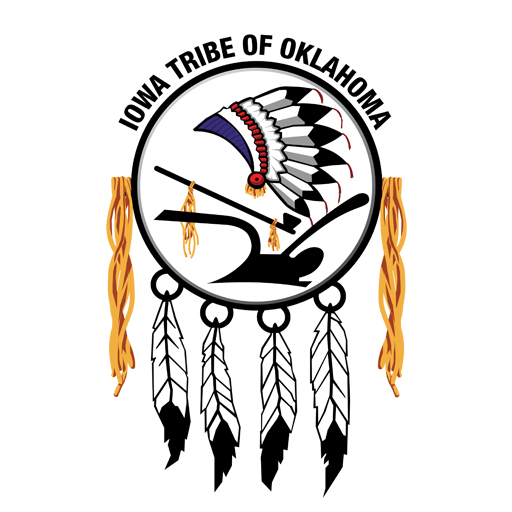
Office of Environmental Services
Page Contents
ToggleMission
The Office of Environmental Services protects, maintains and restores natural resources by implementing conservation programs for the preservation of cultural beliefs and ecological integrity.
Our Objectives
- Create and develop Environmental Programs that protect the health and welfare of Tribal members and Reservation natural resources. In doing so, emphasizing and respecting cultural and traditional ways of life.
- Develop codes and regulations to protect air and water quality and other natural resources while recognizing and incorporating cultural and traditional values to the extent possible, recognizing that some Programs may be bound by scientific, legal, and regulatory criteria.
- Serve the Tribal membership in an efficient manner in acquiring the necessary information, knowledge, and resources for addressing environmental questions, issues and concerns.
- Act as liaisons for the Tribal government and Tribal membership with federal, state, and local agencies regarding environmental issues.
The Office of Environmental Services (OES) was established by the Iowa Tribe in September of 1997 to pursue environmental capacity building and to develop environmental initiatives. The purpose is to protect and preserve the air, land, and water on Iowa Tribal lands for the benefit of present and future generations. The OES has been funded since 1997 through the EPA’s General Assistance Program Grant (GAP) and works to develop strategies to protect the ITO’s environment and natural resources. In the past, ITO was recognized as one of the top tribes in the state for program development.
The Iowa Tribe has developed several programs and strategies for a variety of environmental initiatives. Over the years, the OES has completed work and research in the following programs: solid waste, surface water, groundwater, air quality, oil and gas, integrated resources management plan, cattle, bison, horses, eagle sanctuary, and wind power. Funding for these programs was received by various federal departments and other organizations including the Iowa Tribe of Oklahoma.
- U.S. Environmental Protection Agency
- U.S. Fish and Wildlife Service
- Administration for Native Americans
- Bureau of Indian Affairs
- Inter-Tribal Bison Cooperative
- Indian Health Services
- Kerr Center for Sustainable Agriculture, Inc.
- U.S. Housing and Urban Development
- U.S. Department of Energy
Under GAP funding, the Iowa Tribe assembled and submitted the documentation needed to successfully gain “Treatment as State” status during funding year 2001. TAS opens many grant opportunities and is essential for the development of surface water and groundwater monitoring capabilities. OES also received TAS approval from Region 6 U.S. Environmental Protection Agency for the Clean Water Act § 319. Section 319 of the CWA addresses non-point source (NPS) pollution. This will open new funding opportunities for ITO that will fund projects to reduce NPS pollution. The Iowa Tribe’s attainment of TAS status for § 106 allowed the OES to receive funding to monitor and restore the health of a local wetland and other surface waters. The OES helps other departments within the Tribe by creating maps, completing environmental assessments or reviews, and providing information important to future planning. OES also completes some water testing as requested by Tribal members. The OES is here to assist the Iowa Tribal community and surrounding community with environmental concerns.
Programs
EPA GAP Program
The EPA GAP program is the ITO OES’s base environmental grant program. While we do different projects every year we are limited. With the exception of educational outreach, we are limited to projects that are meant to build capacity rather than run the same programs every year. Our grant year runs with the federal fiscal year, of October 01 – September 30. Much of the work in this program is administrative.
Educational Outreach
Most of the educational outreach is done under the EPA GAP program. Some of the outreach we will do:
- Tribal Youth Camp – June 2018.
- ITO Clinic’s Health Fair – Look for the OES Table for information on environmental health such as lead contamination, mercury levels in fish, and indoor air problems caused by mold.
Stream Monitoring
- The ITO OES has conducted monitoring of various creeks within the tribal boundary for over 10 years. There are two HUC 8 watersheds that are partially within the tribal jurisdiction, the Deepfork Watershed on the southern half of the tribal jurisdiction and the Lower Cimarron Watershed on the northern half of the jurisdiction.
- We take monthly measurements for things like temperature, Dissolved Oxygen, Salinity, and how much nutrients are in the water.
- We are currently working for approval from EPA to expand the water monitoring to include other water projects.
- We will update future water projects and plans.
Tribal Drinking Water System
ITO OES manages and administers the tribal drinking water system. This involves daily monitoring of the water wells, testing drinking water samples for public health and safety, and general maintenance of the wells, well houses, and ensuring the ITO drinking water meets and/or exceeds federal regulations for health and safety.
The Garber-Wellington aquifer underlies the Iowa Tribal jurisdiction and supplies the tribal drinking water system.
If you are a tribal member and have questions about the ITO water system you can contact Candace Pershall in the Office of Environmental Services at 405-547-2402, ext. 3502.
Physical Address
335588 E. 750 Road
Perkins, OK 74059
Phone: 405-547-2402
800-336-IOWA(4692)
Directions
From I-35
Go East on Hwy 105 for 22 miles
Go North on Hwy 177 for 4 miles
Turn left on Complex Road (at Iowa Tribal Complex Sign)
